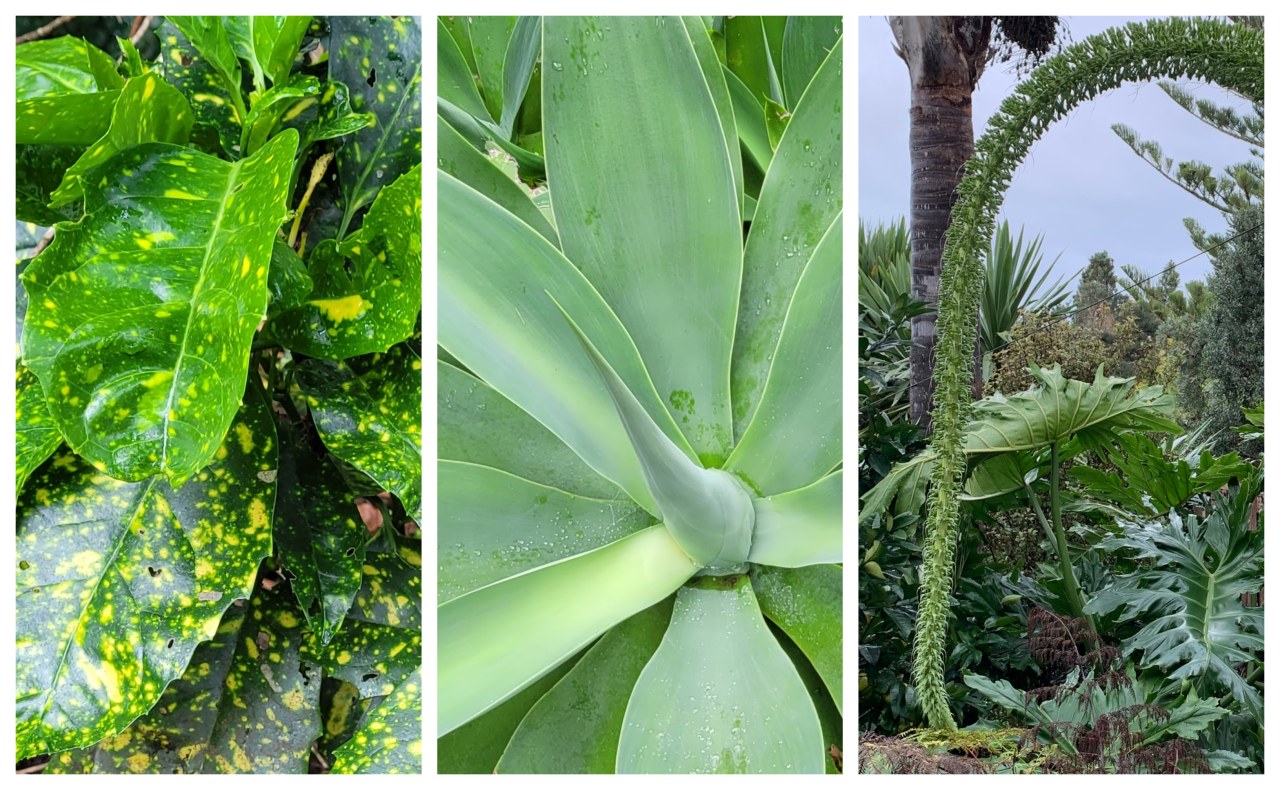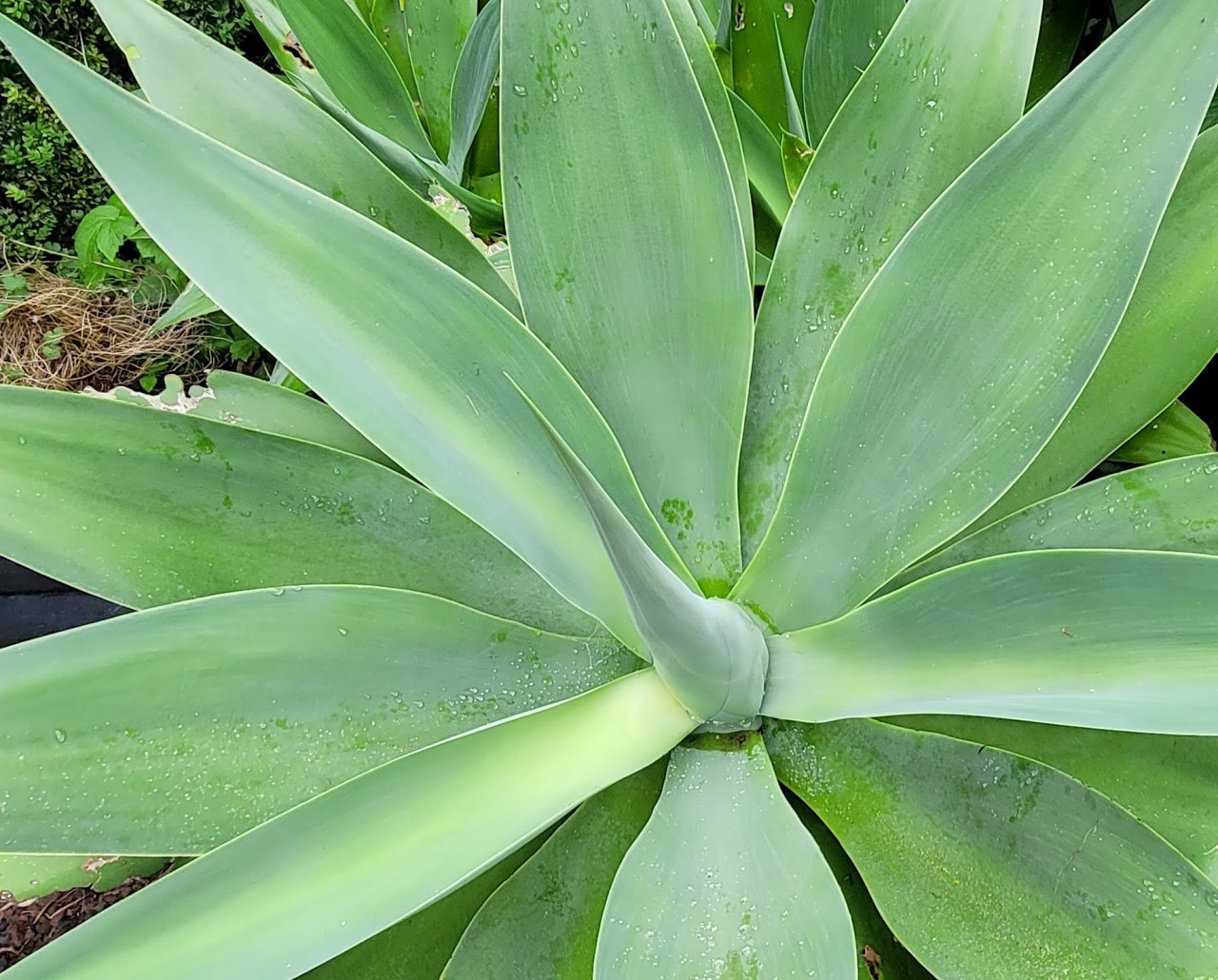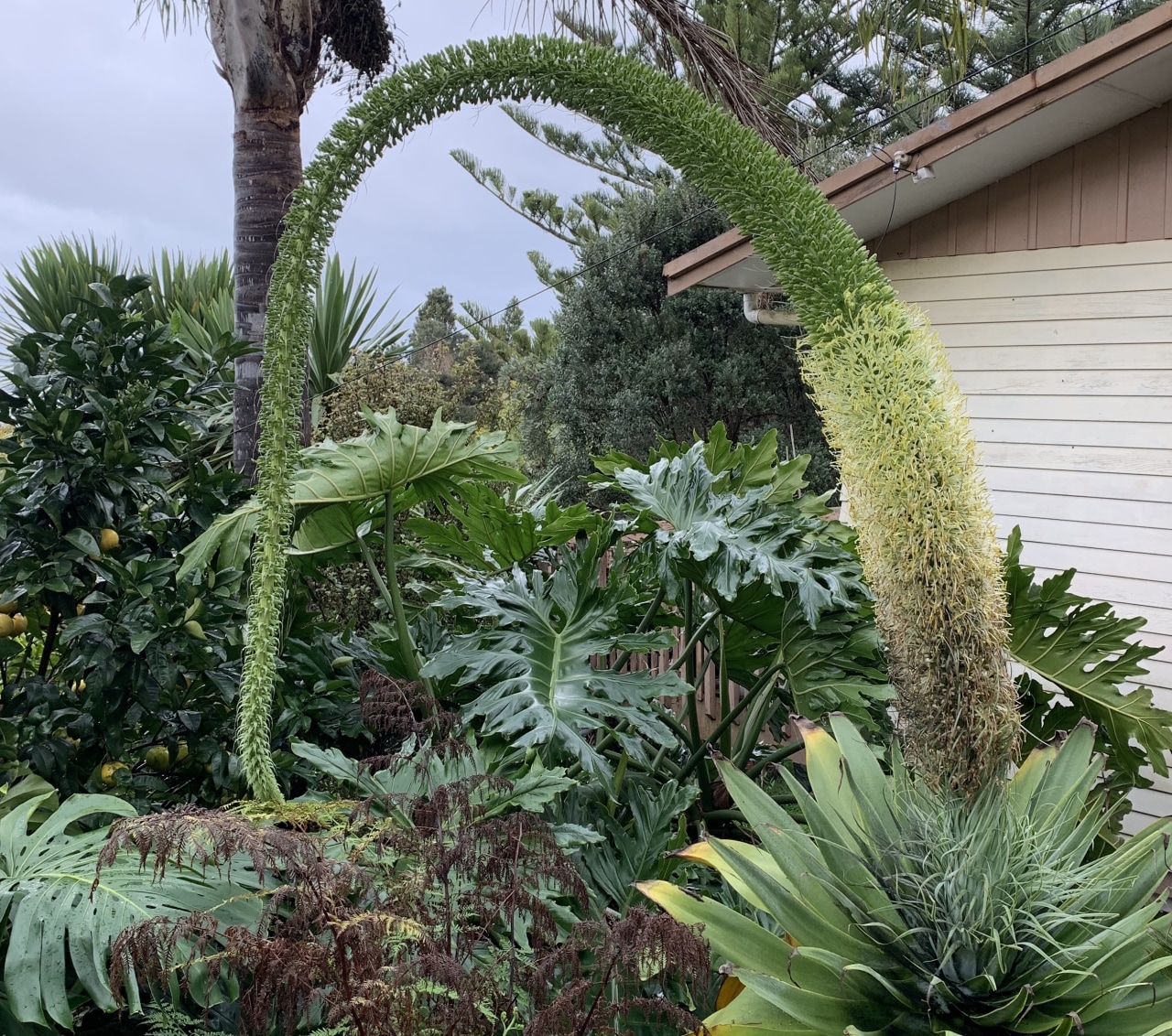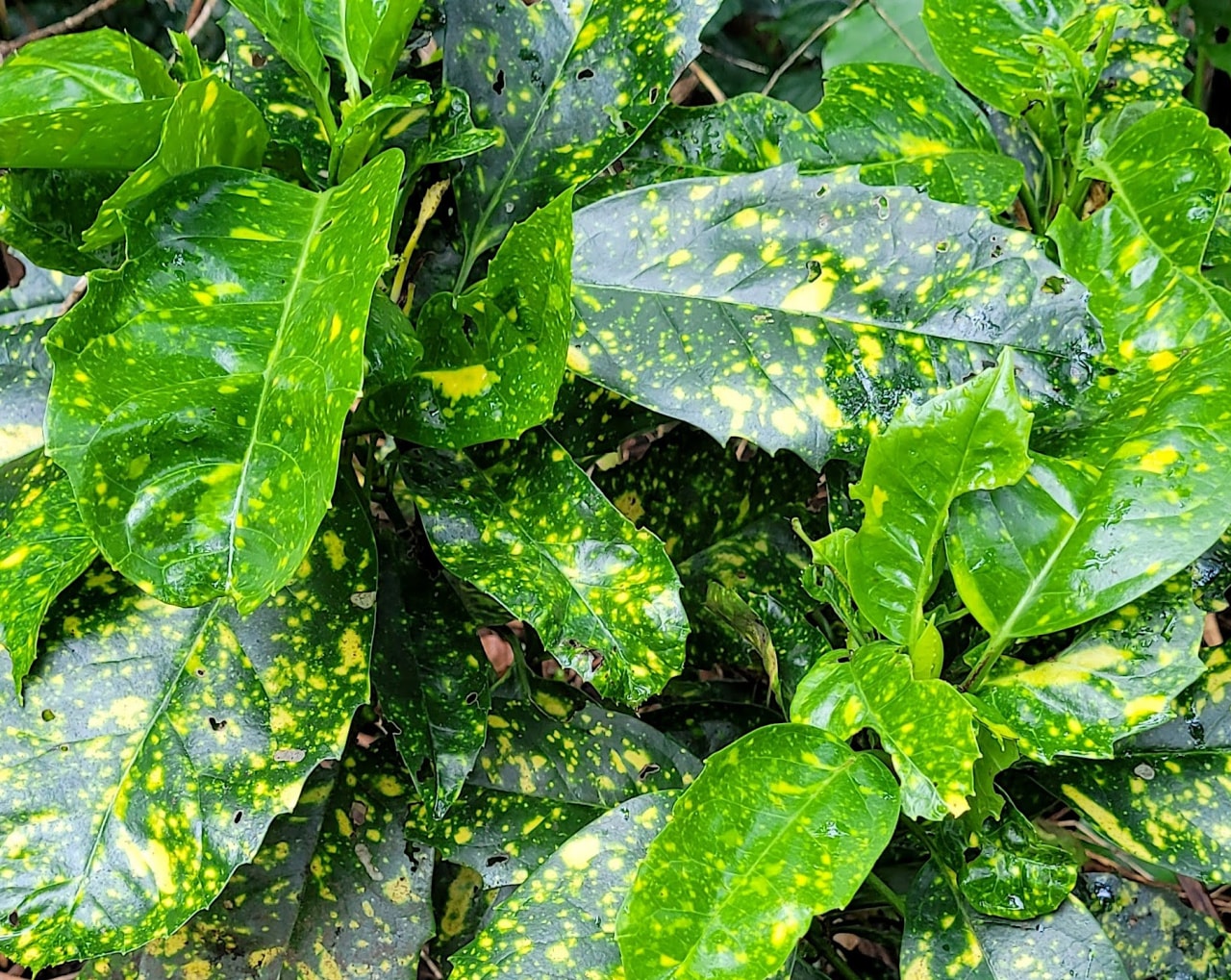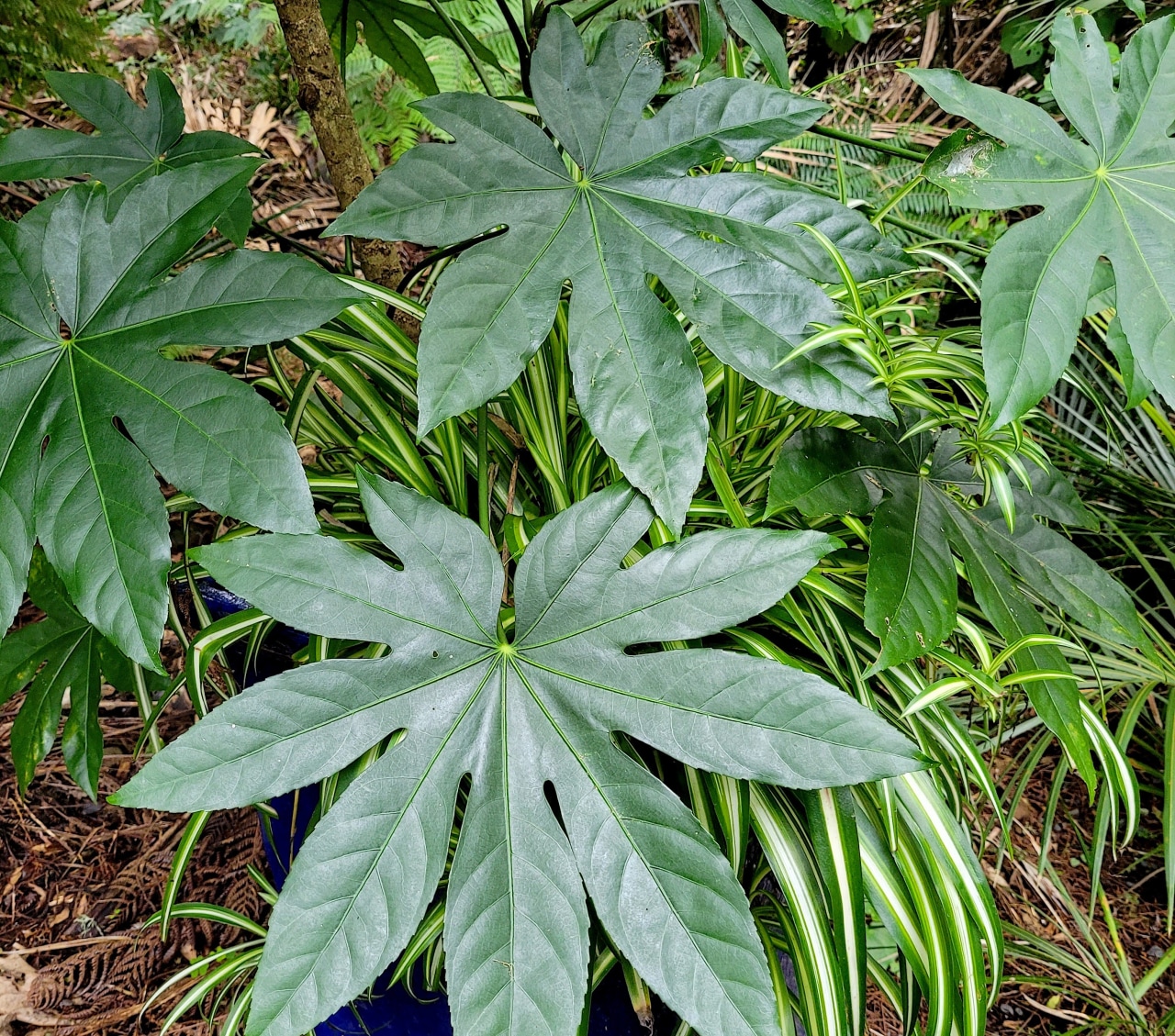Three low maintenance garden plants that deserve a come-back
High-performing and easy-care – here are three ‘out of fashion’ garden plants that deserve a comeback based on good looks alone
By Kerry Speirs – DIY Designs: Online Landscape Designers
Cyclical garden trends make fashion victims of some great low maintenance garden plants.
It’s hard to keep a good plant down though, especially one that needs minimal water, is adaptable to a range of soil and light conditions, and is resistant to pests and diseases.
Perhaps that is why eventually they come back into favour – of course, being attractive helps too.
Plants that are high-performing, easy-care, and not fussy about where they grow, make perfect candidates for your low-maintenance garden, but here are 3 ‘out of fashion’ garden plants that deserve a comeback based on their good looks alone.
1 - The Super Star - Agave attenuata (swan's neck agave or fox tail agave)
Out of fashion for a while now, Agave attenuata is a dramatic feature plant that seriously does deserve a come-back in the popularity stakes.
A bold succulent type plant that has a distinctive rosette form and thick fleshy leaves, the attractive glaucous grey-green tones of Agave attenuata are beautifully enhanced when paired with blue or purple flowers like lavender orsalvia.
Agave attenuata are low maintenance garden plants that are easy to propagate – agave quickly matures from ‘pups’ (the offsets that form at the base of the mature rosettes) into large, sculptural clumps of around 1.5m x 1.5m.
This plant throws show-stopping 1.5m long greenish-yellow flower spikes every few years and these are so weighty they swoop in a crazy Zeus-like plant fashion.
Agave attenuata survives on minimal water, thriving in extremely dry, sunny spots (including in sandy, well-drained soils), as well as tolerating partial shade.
This large succulent is different from many other agave in that the fleshy leaves are spineless, giving Agave attenuata a softer and more versatile aesthetic that lends itself to use in Mediterranean, subtropical, and coastal themes, as well as xerophytic plantings.
Whether nestled in amongst lush palms and statement flowering plants like 'bird of paradise' in a sub-tropical garden, paired against soft flowering plants in a coastal scheme, or used as a bold monoculture feature planting in a contemporary garden, find a space in your garden for this low-maintenance, high performing superstar.
You won't regret it.
2. Loud and proud – Aucuba japonica ‘Crotonoides’ (spotted laurel)
Gardeners seem to fall into two camps when it comes to variegated plants, and this out-of-fashion shrub certainly seems to provoke strong feelings from both the lovers and the haters!
I once had a client refer to Aucuba crotonoides as ‘the toilet plant’ – seems it was a council favourite some years back for planting near public toilet blocks!
Poor old Aucuba, that's a tough handle to live down.
But supporters (like me) will tell you that Aucuba crotonoides, with its splashy, splotchy golden-yellow foliage, is THE foliage shrub to use to brighten up dark and gloomy garden corners or enliven the troublesome shady side of the house when nothing else will grow.
While the striking yellow colour is the stand-out feature of this shade-loving shrub, look closely and you will see that the base colour of Aucuba crotonoides' shiny leaves is actually dark-green.
Different cultivars have varying degrees of spottiness (and there's even a plain green version).
The female Aucuba crotonoides plant bears small purple flowers which admittedly don’t add a lot in terms of ornamental value, but if pollinated by a male plant, they will be followed by stunning waxy red berries in autumn.
Aucuba crotonoides grow relatively slowly but will eventually attain a height of 1.5-2m with a similar width.
If you want to establish a large mass quickly, or use them as a colourful leafy hedge, then just plant them closer together – about 1m apart.
Trouble-free, low maintenance garden plants, Aucuba crotonoides need very little attention to look good.
Happiest in moist free-draining soil, they will also cope in quite dry conditions, making theme well suited to woodland themes.
Even I find them just a tad garish in full blazing sun, however, in rain forest or lush subtropical planting themes, where the glorious foliage can stand loud and proud against leafy green plants and textural ferns or fronds, this plant will make a welcome splash of colour.
3. The Florist's Friend - Fatsia japonica (Japanese aralia)
If you are looking for a fast-growing, unfussy, exotic-looking evergreen shrub with large glossy leaves then look no further than Fatsia japonica.
Why this plant is out of fashion when similar plants like philodendron and fivefinger (pseudupanax) are 'in', is a mystery to me.
It has so many great qualities and physical characteristics, most notably its fantastic foliage.
The large palmately lobed leaves of Fatsia japonica grow way bigger than a spread hand, sometimes reaching up to 40cm across.
These splay from the shrub on thick green stems, giving the shrub a tiered look.
Like a lot of plants, Fatsia japonica prefers moist, well-drained soil but will cope in sandy and clay soils and once established it will survive challenging situations like under the eaves of your house or in shady spots below taller trees or palms.
It must be said though that the best foliage results come from a regular watering regime in the summer and when planted in only partial shade.
A plant of many names, Fatsia japonica is also known as umbrella plant, glossy-leaf paper plant, fatsia, and false castor oil plant.
Growing to around 2.5m high x 2m wide, this moderately sized shrub has as many uses as it does names.
Mass plant it or use it as a striking stand-alone specimen in multiple garden themes.
Fatsia japonica is equally as at home in the Japanese garden as it is in a subtropical, rain forest or woodland garden setting.
This plant is also a useful addition to the picking garden as the cut leaves are ideal for floral work and keep for weeks in a vase of water.
Birds and bees will flock to the interesting knobbly white flowers that protrude from the foliage mass.
Sadly, this has resulted in problematic seed spread by birds and this has now been placed on the Auckland 'Naughty Plant List'.
However, it's still up for grabs elsewhere in the country.
Designed by: Kerry Speirs, DIY Designs: Online Landscape Designers
Story by: Trendsideas
Home kitchen bathroom commercial design
From farmhouse to farmstead
Walk this way – garden pathways to lead your thinking
Different rooms, same sky-blue ceiling
Outdoor Living
Get ready to relax on beautiful outdoor furniture on your deck, patio or around your new swimming pool. We’ll show you h...
Read More